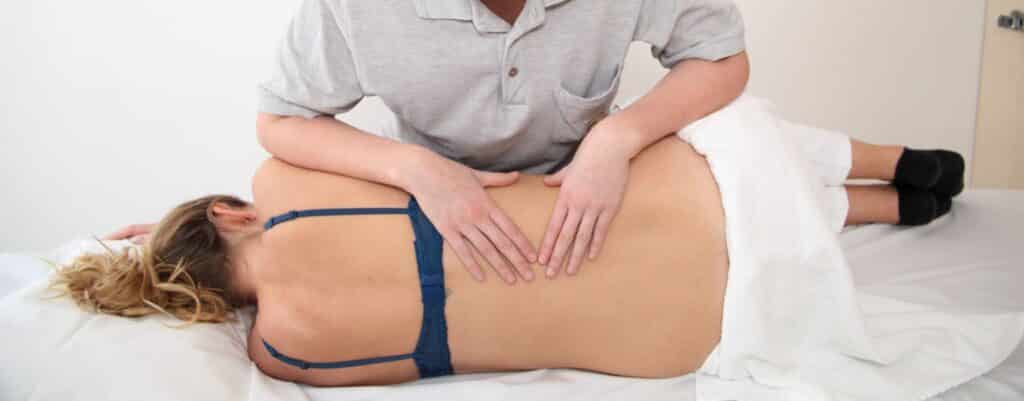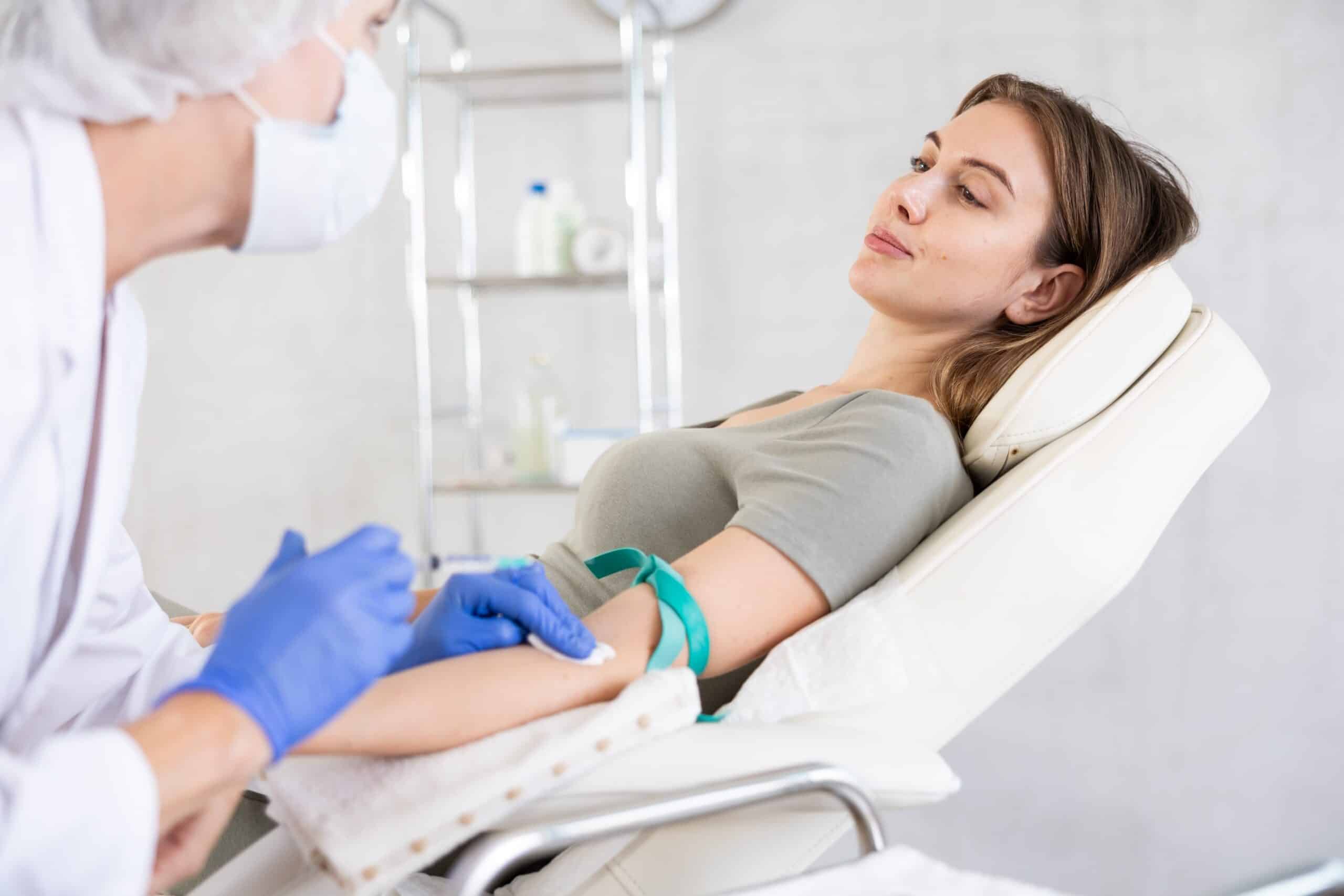
Competence Center for Sports Medicine and Trauma Surgery
Trauma surgery concerns the recovery after damage to the musculoskeletal system. Sports medicine deals with the same field; however, its main function is prevention: Sports medical examinations and training support protect recreational and competitive athletes from making excessive demands on themselves and the associated health risks. The Competence Centre for Sports Medicine and Trauma Surgery at the Wiener Privatklinik offers therapy and rehabilitation for sports and accidental injuries of all kinds and severities. Treatment is provided for knee injuries, cruciate ligament revisions and shoulder injuries. In doing so, we focus on minimally invasive surgery.
Minimally Invasive Surgery (MIS) – Advantages and areas of application
Minimally Invasive Surgery (MIS), is a collective term for particularly gentle operative procedures, which require minimal cuts into the skin and soft tissue and therefore minimize recovery times and discomfort.
In recent decades, minimally invasive operations have come on in almost all areas of surgery and contributed to alleviating people’s fears of many treatments. Above all, in traumatology and sports medicine: The often unbelievably fast comebacks of professional athletes after severe injuries are dramatic evidence for the effectiveness of minimally invasive surgery.
However, there are also obvious advantages for amateur athletes and accident victims: Less postoperative pain, faster mobilization and recovery for older patients, minimally invasive procedures when conventional operational techniques are impossible due to the accompanying risks – and increasingly frequent minimally invasive operations as outpatient treatments, whereby a serious procedure previously meant a longer hospital stay.
Arthroscopy, as a method of minimally invasive procedures to examine and treat joints is of particular importance for trauma and sports surgery.
An individually customized ergometry- performance test ascertains your current level of fitness. A training plan can be derived from the results of such examinations, which gives your sporting activity a secure foundation and the best chances for a satisfactory result.
Sports injuries – Causes and treatment Options
Sports injuries affect both recreational and competitive athletes equally. The difference: A considerable proportion of sports injuries in recreational sport are not caused by external influence, such as a foul in a football game, but rather through incorrect training as so- called endogenous sports injuries, overexertion in competition, in short, a lack of physical ability combined with an excessive amount of ambition and readiness to assume risk. Meanwhile, it is estimated that one in five accidents in Austria is a sports accident.
The range of sports injuries which are treated at the Competence Centre of the Vienna Private Hospital is correspondingly large: The spectrum extends from contusions and sprains to fractures and luxation through to injuries to tendons, ligaments and muscles. Depending on the impact and risk, certain injuries are typical of certain sports. Many injuries can be avoided through consistent warm ups before sport, others with appropriate equipment and the consistent adjustment of sporting activities to the general physical condition.
- Shoulder injuries are primarily caused by falls and accidents at speed. If they cannot be treated by immobilization, they are often treatable through minimally invasive operational techniques.
- Knee injuries, such as cruciate ligament ruptures and meniscus tears, concern the most complicated and perhaps the most important joint in the entire musculoskeletal system. They are ubiquitous in sport and operative procedures, which are also minimally invasive in many cases, are often required to prevent consequential damage.
- Hernias are caused by overstraining and, if left untreated, can have life- threatening consequences. There is a wide range of treatment methods available. Either treated by immobilization or a minimally invasive operation, which is now the predominant procedure.
Sports rehabilitation
It can be a rocky road back to full mobility after a sports injury. Three factors determine the success of sport rehabilitation:
Firstly, the severity of the procedure. Enormous progress has been made in recent years and decades due to the wider use of minimally invasive operational techniques.
Secondly, the individual motivation and discipline of the patient. Patients should be particularly motivated and disciplined in sports rehabilitation.
Thirdly, the quality of the physiotherapy accompanying the rehabilitation. In this respect, the Wiener Privatklinik sets standards with the “Comeback” programme. It combines the competences from many specialist areas into one comprehensive rehabilitation offer, which enhances the chances of success.
To maintain, improve and restore optimal pain-free freedom of movement, there is a wide range of measures available, e.g.:
- Sports physiotherapy to restore mobility
- Endurance training to develop general performance capability
- Strength training to support the musculoskeletal system
- Coordination training
- Proprioceptive training
- Trigger point treatments
- Vibration therapy
- Manual therapy
- Movement training
Arthroscopy – Advantages and Treatment
Damage, wear and tear and inflammations of joints and the associated chronic pain are conditions which are very often confronted by sports medicine specialists.
In such cases, arthroscopy is a particularly helpful procedure for physicians and patients: It provides diagnostic insights when imaging techniques such as x-ray do not provide clarification.
Arthroscopy allows larger surgical operations without long-term consequences. During an arthroscopy, a small plastic tube, called a cannula, is inserted into the skin above the joint through an incision that is normally one to two centimeters long. A tiny video camera is guided through the cannula into the joint and an accurate diagnosis can then be made from the image. Instruments are then inserted through other cannulas, for example, to remove inflamed tissue, to repair damaged tendons or to restore bones. The surgeon works with millimeter precision and follows events on a video screen. The operation leaves no large scars and physical recovery is much faster than traditional procedures.
Arthroscopy is used in many areas of the Competence Centre for Sports Medicine and Trauma Surgery at the Vienna Private Hospital, for example, for knee, shoulder, wrist and ankle operations.


